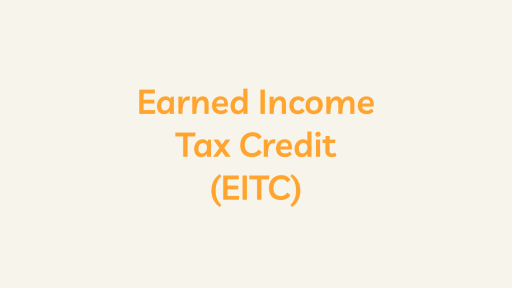What is Talent Management?
Talent management is a strategic approach to acquiring, developing, and retaining talent within an organization. It encompasses various human resources (HR) practices and processes designed to attract, identify, nurture, and retain individuals with the skills, abilities, and potential to contribute significantly to an organization’s success. Talent management is about filling current roles and planning for the future by fostering a sustainable pipeline of skilled and motivated employees.
Key components of talent management include:
- Recruitment and Acquisition:
- Talent management begins with recruiting and acquiring individuals who possess the skills and qualifications needed by the organization. This involves sourcing candidates through various channels, such as job postings, recruitment agencies, and professional networks.
- Onboarding and Integration:
- Once new talent is brought into the organization, effective onboarding and integration processes help them acclimate to the company culture, understand their roles, and establish positive working relationships. This phase is crucial for setting the stage for long-term engagement and productivity.
- Performance Management:
- Performance management is a key aspect of talent management. It involves setting clear performance expectations, conducting regular assessments, and providing feedback to employees. Performance management helps identify areas for improvement, recognize achievements, and align individual goals with organizational objectives.
- Learning and Development:
- Talent management includes initiatives for continuous learning and development. Organizations invest in training programs, workshops, and educational opportunities to enhance the skills and knowledge of their employees. This not only benefits individual career growth but also contributes to organizational effectiveness.
- Succession Planning:
- Succession planning is a forward-looking component of talent management. It involves identifying and developing individuals within the organization who have the potential to assume key leadership roles in the future. Succession planning mitigates the risks associated with talent gaps due to retirements, resignations, or unexpected departures.
- Career Pathing:
- Career pathing involves providing employees with a clear understanding of potential career trajectories within the organization. This includes opportunities for growth, advancement, and skill development. Clear career paths contribute to employee engagement and retention.
- Employee Engagement:
- Employee engagement focuses on creating a positive work environment where employees are motivated, committed, and aligned with the organization’s values and goals. Engaged employees are more likely to contribute their best efforts and remain with the company.
- Retention Strategies:
- Talent management involves implementing retention strategies to minimize turnover and retain high-performing employees. This may include competitive compensation, recognition programs, work-life balance initiatives, and a positive workplace culture.
- Feedback and Recognition:
- Regular feedback and recognition are essential components of talent management. Constructive feedback helps employees understand their strengths and areas for improvement, while recognition acknowledges and rewards their contributions, fostering a positive work environment.
- Data Analytics:
- Talent management increasingly incorporates data analytics to gain insights into workforce trends, performance metrics, and employee engagement levels. Data-driven decision-making enhances the effectiveness of talent management strategies.
- Diversity and Inclusion:
- Talent management includes efforts to promote diversity and inclusion within the workforce. Organizations aim to create inclusive environments that value diverse perspectives and contribute to innovation and organizational success.
Conclusion
Effective talent management aligns employees’ skills and aspirations with the organization’s strategic goals. It requires a proactive and integrated approach to HR practices, ensuring that the workforce is capable, motivated, engaged, and ready to contribute to the organization’s long-term success.





